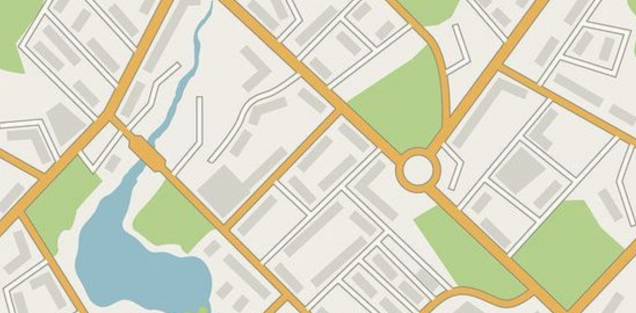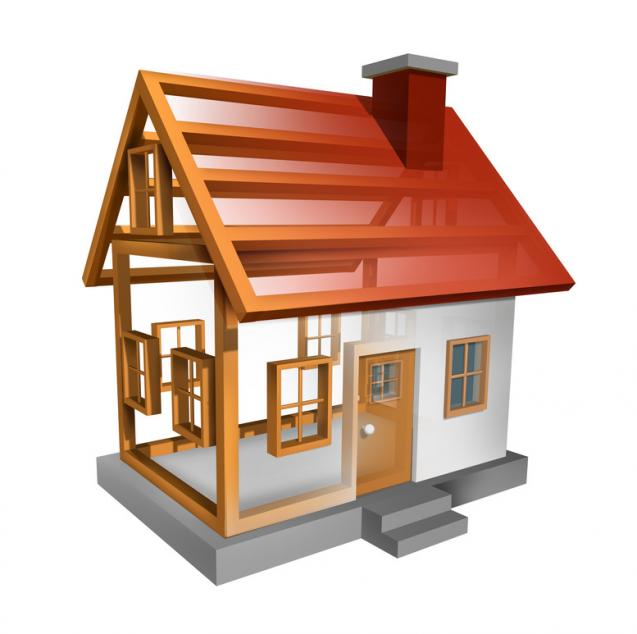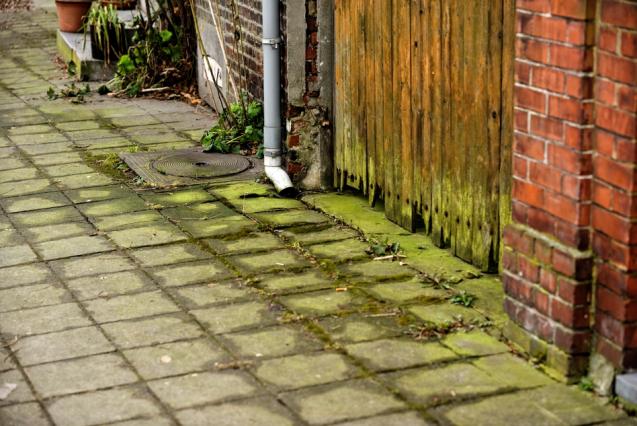
Standards and Tolerances. What’s reasonable when building?
To give builders and contractors a single reference source for construction standards, the VBA Guide to Standards and Tolerances 2015 was created. This 70-page document provides a guideline “to address areas that are not prescribed under legislation or under a domestic building contract.” The Guide includes industry standards for aspects including:
- Framing
- Floors and Walls
- Masonry
- Slabs and Footings
- Windows and Doors
- Roofing
- Plumbing
- Electrical
In the event of a dispute, you can refer to the Guide to Standards and Tolerances 2015 for industry standards and tolerances for domestic building construction. Precedence must always be given to any regulatory documents relevant to your specific building contract. The Guide is intended to for general informational purposes only:
“This Guide can be used to determine whether or not an item is defective only where this cannot be done by reference to the contract documents, the relevant Australian Standards, the BCA or the relevant regulations. Where there is any contradiction or difference between the Guide and an Act, a regulation, the BCA or a building contract, all of these take precedence over the Guide. The Guide does not replace the requirements of these other documents.”
Definitions and Measurements
The VBA Guide to Standards and Tolerances includes some definitions and measurement guidelines that are useful to know when referencing it. A few noteworthy examples are:
- Time Measurement – Time periods mentioned within the Guide are in general referenced from the date of completion of the work in question.
- Tolerances – Standard deviations for vertical and horizontal surfaces are explained and illustrated in Section E of the Guide.
- Inspecting Surfaces from a Normal Viewing Position – As a frame of reference when inspecting work for compliance, normal viewing position is defined as “looking at a distance of 1.5 m or greater (600 mm for appliances and fixtures) with the surface or material being illuminated by ‘non-critical light’.”
The VBA Guide to Standards and Tolerances 2015 offers some guidance on when a dispute between the owner and the builder should, and should not, result in the liability of the builder to rectify the disputed work.
Examples of cases where liability may exist include:
- A builder is likely to have to replace untreated pine in an external deck that was installed by the builder instead of the durable timber required for this structure.
- A builder is likely to have to repair an existing window in a house that the builder accidentally damaged when constructing another part of the house.
- A builder is unlikely to have to repair a distorted gutter when the damage was caused by an owner placing a ladder against the gutter.
- A builder is unlikely to have to repair a storm water drain that was properly constructed and later blocked by tree roots.



